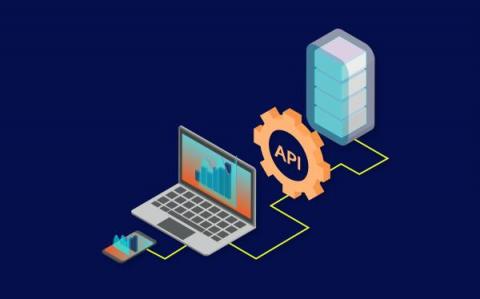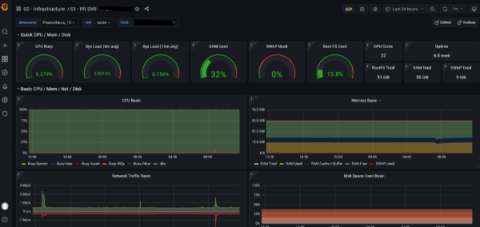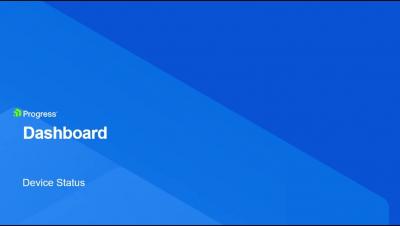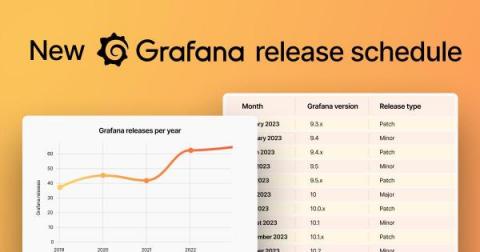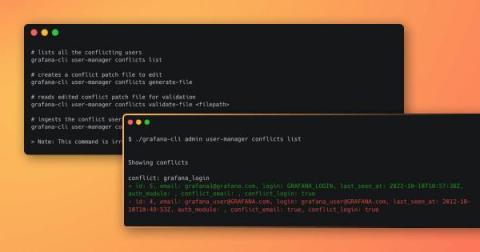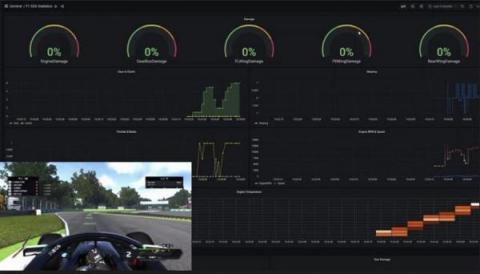Dashboards
How KCB Bank Uganda greatly improved transaction service monitoring with Grafana
In 2019, KCB Bank Uganda reviewed its systems and came to a startling realization: Due to outdated monitoring processes, its services could be down for hours before anyone was alerted internally. This downtime led to frustrated consumers, a rise in customer service complaints, and a decline in revenue.
How to Create and Modify Dashboard Reports in WhatsUp Gold
How to use monitoring and dashboards with Google Cloud Armor
Grafana releases: New 2023 release schedule
Over the last few years, the Grafana open source project has grown at an eye-watering pace, with more than 1 million active Grafana instances now in the wild. With that growth, our processes have had to run to keep up. This is especially true when it comes to how frequently we release new versions of Grafana. Currently we cut.
Grafana Loki top 5 query performance tips
Guide to using the new Grafana CLI user identity conflict tool in Grafana 9.3
Here at Grafana Labs, one of the things we’re always working on is making Grafana more consistent. Given the increased adoption of Grafana around the world and the number of users and authentication providers we support, we wanted to create better defaults for login and email fields.
How to build a Formula 1 real-time analytics stack with Azure Data Explorer and Grafana Cloud
For Formula 1, speed is about more than just how fast you go around the track. It’s also about having data at your fingertips in real time to make critical improvements before, during, and after the race. “Formula 1 is one of the most fascinating data-driven sports,” said Anshul Sharma, Senior Product Manager at Microsoft. “It’s so competitive that even one tenth-second advantage can change the outcome of the race.”
Grafana 9.3 feature: Grafana OAuth token improvements
As part of our efforts to improve the security of Grafana, we introduced a long-awaited feature in the latest Grafana 9.3 release that enhances Grafana’s OAuth 2.0 compatibility. The new Grafana OAuth token improvements, which are available in Grafana OSS, Grafana Cloud, and Grafana Enterprise, ensure that the user is not only logged into Grafana, but they’re also authorized by the OAuth identity provider.

